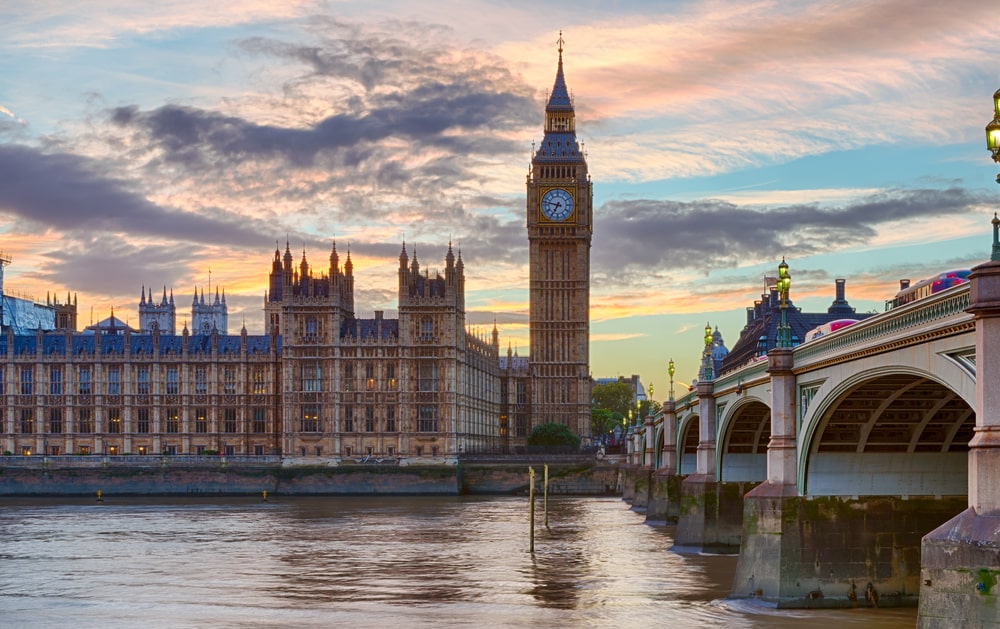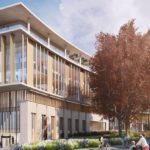Sectors - Central Government
Investigation into Crumbling Stonework in Parliament

Experts have begun an investigation into crumbling stones, cracking ceilings and warping windows in the Houses of Parliament.
More than 50 skilled engineers, architectural surveyors, acoustics and lighting specialists and ecologists have spent a combined 4,700 hours over Parliament’s recent recess period investigating the building and continuing to build the most detailed record of the Palace of Westminster ever created.
Overall, 2,343 rooms and spaces have been examined throughout the summer and conference recesses, with experts noting thousands of issues, including cracks in stonework and widespread water damage, along with analysing the complex network of outdated electrical and mechanical systems. These investigations are an essential step within the restoration and renewal of the Palace of Westminster, with Parliament being invited to approve the detailed restoration plan in 2023.
Baroness Evans of Bowes Park, Leader of the House of Lords, said: “This preparation survey work of the Palace of Westminster is essential to understand the extent and complexity of the programme of works required. In due course it will enable parliamentarians to properly scrutinise the proposed work and ensure value for money.”
Issues were recorded with many of the historical features, including original Victorian stained-glass windows which are warping and sagging due to age. Surveyors also studied the enormous basement and the miles of outdated and interweaving gas, electrics, water, sewage and heating pipes to get up to date records on the problems that need fixing.
The Palace of Westminster is one of the most loved and recognised buildings in the world, but despite a programme of maintenance works, it’s falling apart faster than it can be fixed and is in urgent need of a programme of essential restoration.
Work was also done to understand the provenance of quirky candle and gas light fittings, some of which were discovered to have been turned upside down when converted to electric power over 100 years ago. Further investigation is ongoing but it is thought the Palace may contain the oldest still-in-use gas lighting system in the world. Several remarkable candle chandeliers that survived the great fire of 1834, which destroyed the original palace, were also studied and recorded.
Acoustics experts, considering how to improve audibility within the building, walked 240km, measuring 80 rooms, running 300 individual acoustics tests and taking 2,000 measurements.
Experts in ecology and door specialists from Manchester, window surveyors from Glasgow and architects and engineers from across London, in addition to historical surveyors and specialists from Cambridge, Suffolk and Hampshire, were involved in the building investigations.
Sarah Johnson, CEO of the Houses of Parliament Restoration and Renewal Sponsor Body, said: “The essential programme to restore the deteriorating Palace of Westminster will protect our world-famous Parliament for generations to come. These critical and complex investigations are already informing our detailed restoration plan, which will for the first time set out a true sense of the costs and timescales of the much-needed work.”
David Goldstone, CEO of the Houses of Parliament Restoration and Renewal Delivery Authority, commented: “Our specialist investigators and surveyors are spending tens of thousands of hours building the most detailed record of Parliament ever created as we develop the plan for the essential restoration of one of the world’s most famous buildings.”
The Houses of Parliament Restoration and Renewal project is set to create thousands of new jobs and apprenticeships whilst also boosting both traditional and cutting-edge skills involving craftspeople and businesses from throughout the UK, in a national effort.
If you would like to read more stories like this, then please click here
Related Articles
Related Articles
- £400m Partnership Boosts Green Investment
5 Nov 21
Boris Johnson and Bill Gates announced a new partnership between Breakthrough Energy Catalyst and the
- Budget 2021 Industry Reactions
28 Oct 21
On Wednesday Rishi Sunak, the Chancellor of the Exchequer delivered his long-anticipated Autumn 2021 Budget
- Autumn Budget: Paving a Way for Recovery
27 Oct 21
On Wednesday, 27th October 2021, Rishi Sunak delivered his fourth budget as Chancellor of the





